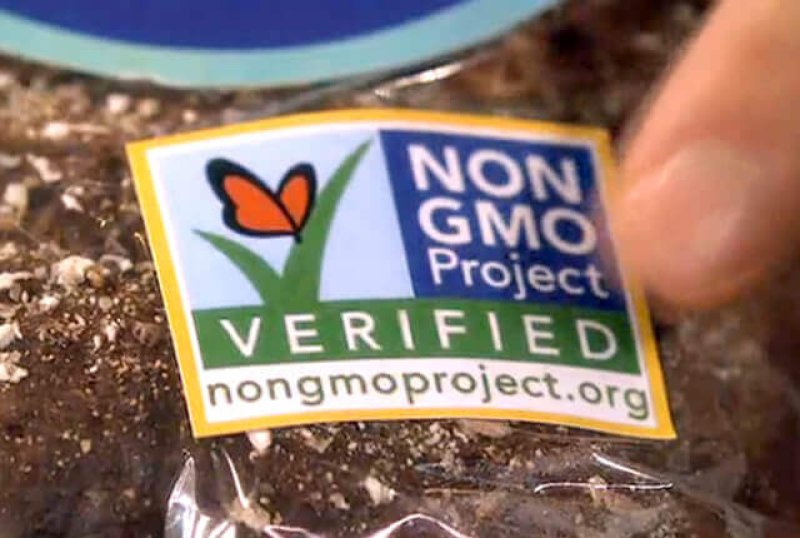the Non-GMO Project is a non-profit and non-governmental certifying organization created by the owners of two natural foods grocery stores looking to fill a market niche: a non-GMO food labeling standard …. NGP’s butterfly label is now pretty much everywhere. Between 2013 and 2016, sales of products bearing the verified seal increased by 566%.
…
Over the years, the genetic engineering toolkit has become a lot more crowded. Gene editing techniques like CRISPR have captured much of the public’s attention, and while most gene edited foods aren’t yet on the the possibilities seem endless: non-browning mushrooms and low acrylamide potatoes, reduced gluten wheat and low fat pigs, just to name a few …. will the Non-GMO Project embrace these or will they reject them as GMO?
All of these foods definitely still count as biotechnology, says Megan Westgate, NGP’s Executive Director, and that has no place in a non-GMO food supply. “What makes it biotechnology,” she explains, “is when DNA and RNA are tinkered with in the lab in a very reductionist way.”
Westgate says there are important and clear distinctions between GMO engineering and traditional non-GMO breeding methods. The problem, she says, is that “at a very granular level, DNA or RNA is being moved around in isolation [from] the rest of the organism and outside of the constraints of natural processes.” Explains Westgate, “the fundamental concept really is that idea of manipulating nucleic acids in vitro (literally “in glass”) as opposed to in vivo (in a living organism).”
Read full, original article: How The Non-GMO Project Is Adapting To A Gene-Edited World































